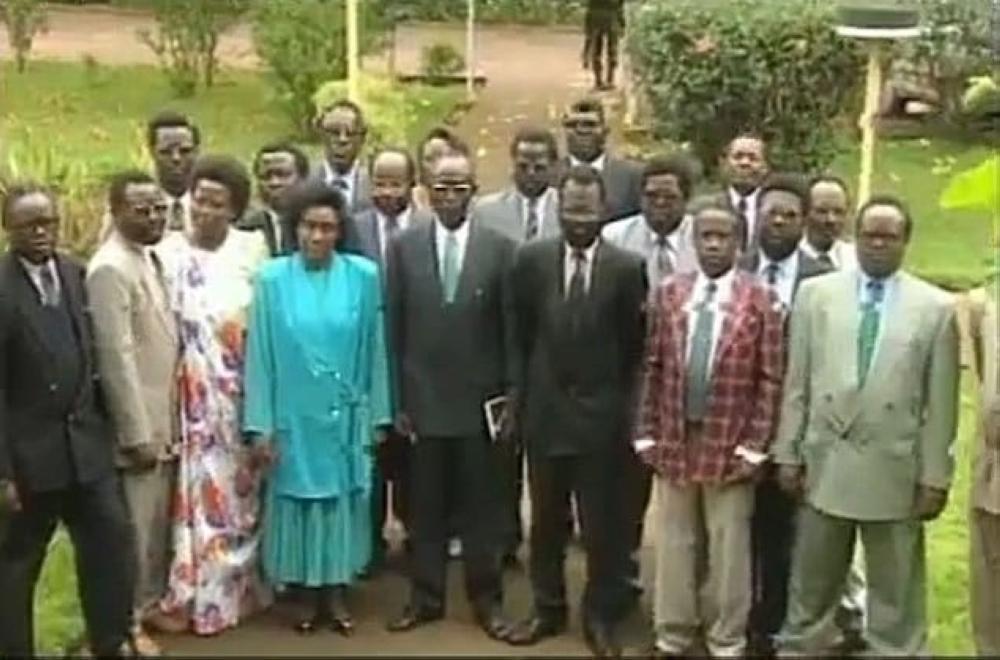Africa-Press – Rwanda. On April 28, 1994, in Paris, France, Jérôme Bicamumpaka, then Minister of Foreign Affairs in the genocidal regime, held a press conference as the Genocide against the Tutsi continued in Rwanda.
He spread lies, denying the mass killings and claiming that the reports of the death of tens of thousands of people were false.
It was part of a broader campaign of denial and misinformation designed to mislead the international community.
On the same day, U.S. Secretary of State for African Affairs, Prudence Bushnell, made a direct phone call to Théoneste Bagosora, demanding that he stop the killings that he and the criminal interim government were orchestrating. Her warning, however, fell on deaf ears, and the massacres continued.
Back in Rwanda, Bagosora instructed high-ranking military officers to focus more on diplomacy, not to end the killing, but to mask it. The goal was clear: make the genocide less visible and find ways to obscure the truth.
Despite this, some international voices spoke out. On that very same day, OXFAM publicly condemned the genocide against the Tutsi, making it one of the early international humanitarian organisations to call the crimes by their true name.
Meanwhile, on the ground in Rwanda, the genocide raged on.
In Kizenga, a high, forested hill, Tutsi from the former Rwamatamu Commune (specifically Gihombo and Mahembe Sectors) had fled for safety. But even in this remote place, they were not spared.
On April 28, 1994, an attack was launched on Kizenga Hill. It was led by Obed Ruzindana and the Interahamwe militia from Mugonero, joined by Interahamwe fighters under a man named Yusuf.
They climbed the hill where Tutsi had taken refuge and began killing them with guns and grenades. Those who survived the initial assault fled toward Mugonero, hoping to escape by the lake. When they arrived, they found that all the boats had been hidden, and they too were killed.
In southern Rwanda, the Interahamwe and Hutu militias from Maraba and Kinyamakara crossed the Mwogo River to carry out coordinated attacks. They had arranged support from Hutu in Ruhashya and Rusatira. Some local people, regardless of ethnicity, tried to resist the attackers, but their efforts were ultimately overrun when the attackers returned in greater numbers, this time with soldiers and firearms.
On the same day, more than 40,000 Tutsi were killed at ISAR Songa. About 7,000 had taken refuge at the top of the hill, while women and children stayed below in a place called Munyinya wa Songa.
For More News And Analysis About Rwanda Follow Africa-Press






